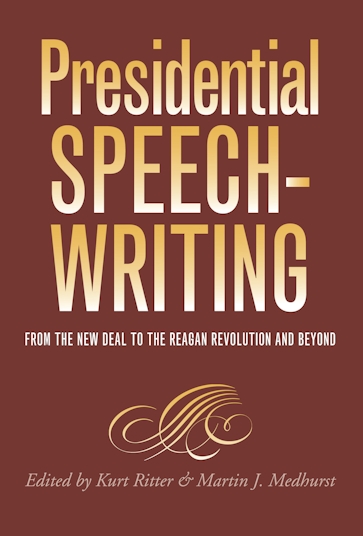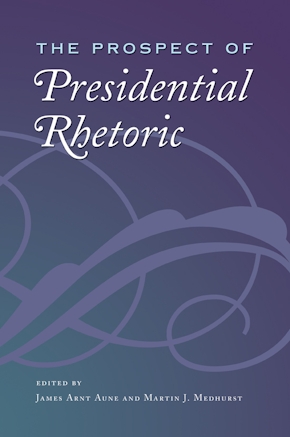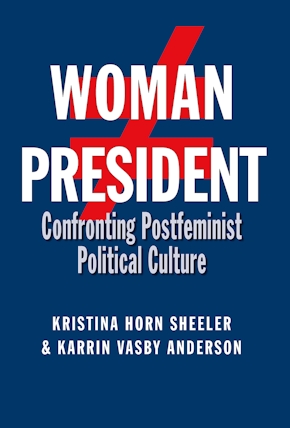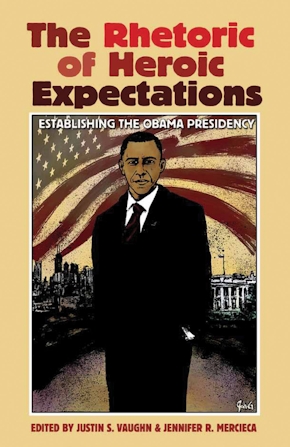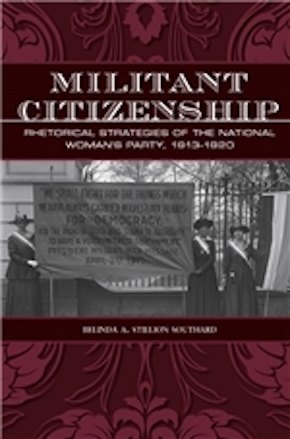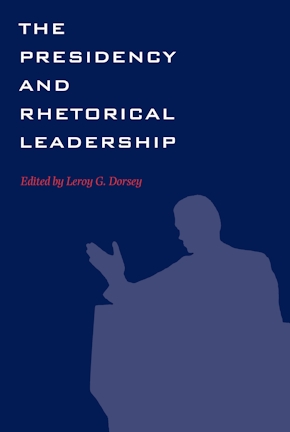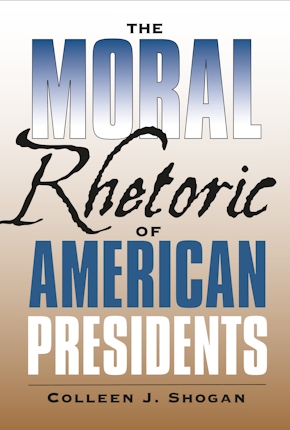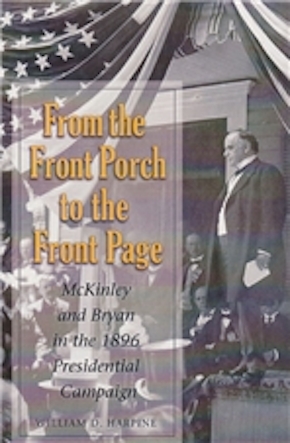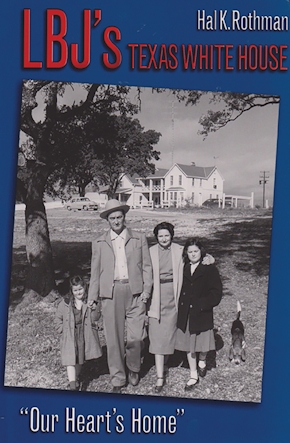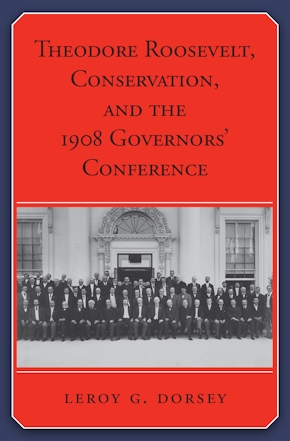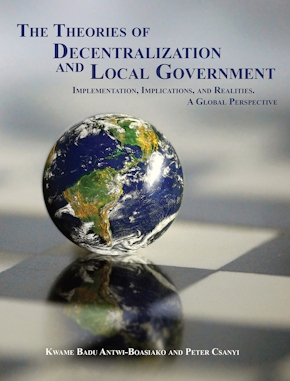Presidential Speechwriting
From the New Deal to the Reagan Revolution and Beyond
978-1-58544-392-5 Paperback
6.12 x 9.25 x 0 in
248 pp. Index.
Pub Date: 03/15/2004
Available
Yet, as this volume of expert analyses graphically demonstrates, the reliance of individual presidents on their speechwriters has varied with the rhetorical skill of the officeholder himself, his managerial style, and his personal attitude toward public speaking. The individual chapters here (two by former White House speechwriters) give fascinating insight into the process and development of presidential speechwriting from Franklin D. Roosevelt’s administration to Ronald Reagan’s. Some contributors, such as Charles Griffin writing on Eisenhower and Moya Ball on Johnson, offer case studies of specific speeches to gain insight into those presidents. Other chapters focus on institutional arrangements and personal relationships, rhetorical themes characterizing an administration, or the relationship between words and policies to shed light on presidential speechwriting.
The range of presidents covered affords opportunities to examine various factors that make rhetoric successful or not, to study alternative organizational arrangements for speechwriters, and even to consider the evolution of the rhetorical presidency itself. Yet, the volume’s single focus on speechwriting and the analytic overviews provided by Martin J. Medhurst not only bring coherence to the work, but also make this book an exemplar of how unity can be achieved from a diversity of approaches.
Medhurst’s introduction of ten “myths” in the scholarship on presidential speeches and his summary of the enduring issues in the practice of speechwriting pull together the work of individual contributors. At the same time, his introduction and conclusion transcend particular presidents by providing generalizations on the role of speechwriting in the modern White House.
Presidential Rhetoric and Political Communication
About the Author
Published by Texas A&M University Press
